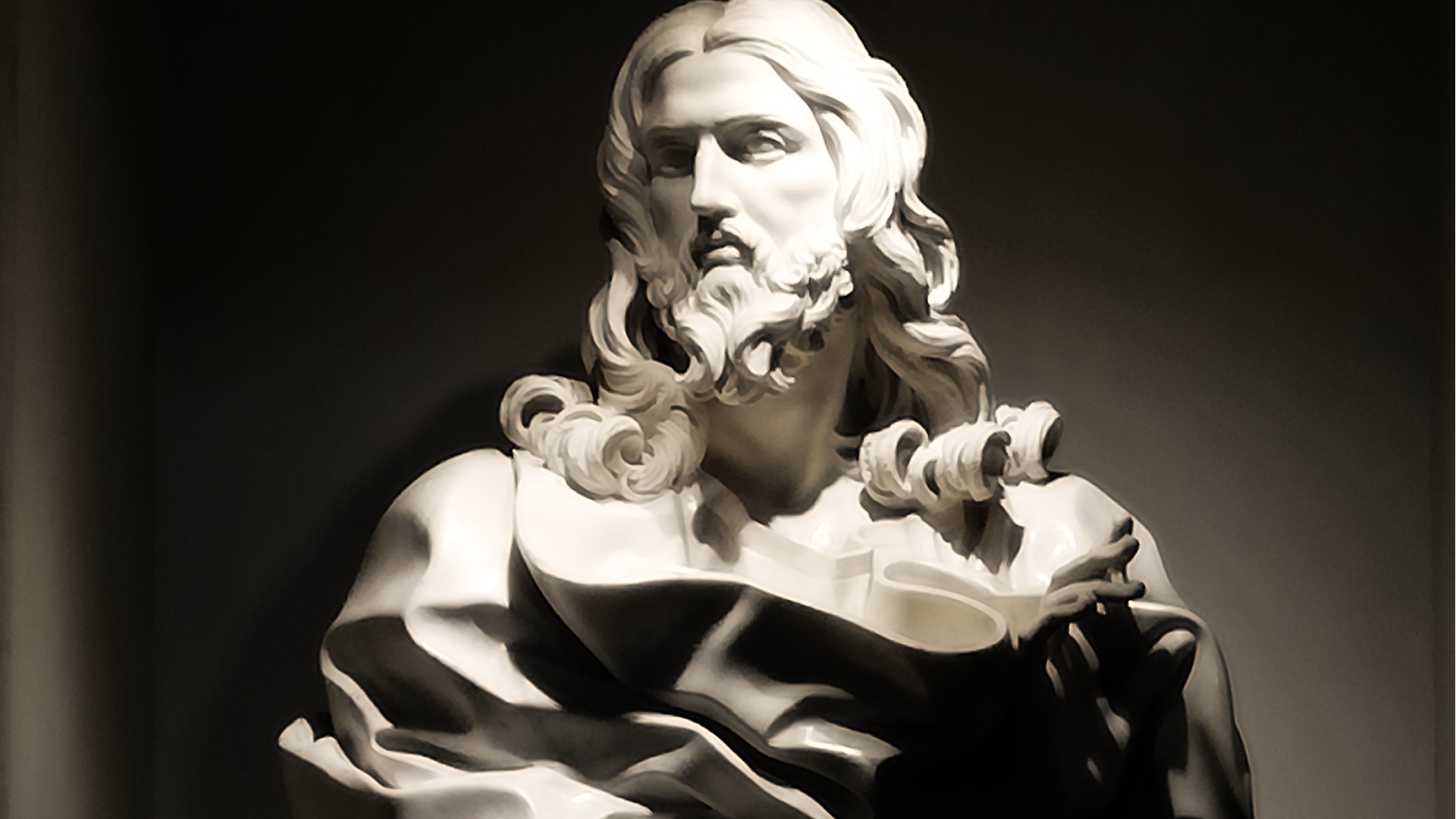
Die Basilika San Sebastiano fuori le mura (deutsch Sankt Sebastian vor den Mauern) steht am dritten Kilometer der Via Appia Antica, an der Stelle, an der der Überlieferung nach die Reliquien der Heiligen Petrus und Paulus in Zeiten während der Christenverfolgungen vorübergehend aufbewahrt wurden. Diesen Heiligen war ursprünglich die Basilika als Basilica Apostolorum geweiht. Die Stelle, an der sie errichtet wurde, hatte die Flurbezeichnung ad catacumbas (in der (Tal)senke) vielleicht aufgrund des Vorhandenseins von Vertiefungen oder Gruben, kymbas auf Griechisch. Aus dieser Flurbezeichnung leitete sich der Begriff Katakomben ab. Tatsächlich bildet die Basilika noch immer den Kern des größten und bekanntesten Areals frühchristlicher Friedhöfe in Rom.
In der ersten Hälfte des 4. Jahrhunderts wurde mit dem Bau der Kirche begonnen, deren Kirchenschiff von einem reich verzierten Wandelgang umgeben war und deren Boden vollständig mit Gräbern gepflastert war. Im 5. Jahrhundert war die Basilika mit Sicherheit bereits dem Heiligen Sebastian geweiht, doch im Jahr 826 wurde der Leichnam des Heiligen aus begründeter Furcht vor Sarazeneneinfällen in die Peterskirche gebracht, wo er bis 1218 blieb, als Honorius III. Savelli (1216-1227) ihn feierlich in die ihm geweihte Kirche zurückbrachte.
Heute zeigt die Basilika das Aussehen, das sie von den Eingriffen hat, die Anfang des 17. Jahrhunderts von Kardinal Scipione Borghese, dem Neffen von Papst Paul V. (1605-1621), gefördert wurden. Die 1608 begonnenen Arbeiten wurden Flaminio Ponzio anvertraut und von Giovanni Vesanzio, dem Autor der 1613 fertiggestellten Fassade, fortgesetzt. Unter dem Pontifikat von Clemens XI. Albani (1700-1721) wurde das Sakellum des Heiligen Sakraments (oder Albani-Kapelle) errichtet. Die Fassade zeichnet sich durch die gekoppelten ionischen Säulen des Portikus mit drei Bögen aus, denen die Pilaster der oberen Ordnung entsprechen.
Das Innere ist einschiffig. Die Holzdecke von Vasanzio zeigt die Wappen von Kardinal Borghese und Gregor XVI. Cappellari (1831-1846), die die Restaurierung des Gebäudes im 19. In einer Nische auf der rechten Seite kann man die berühmte Salvator Mundi (Büste des Erlösers) bewundern, das letzte Meisterwerk von Gian Lorenzo Bernini. In der Reliquienkapelle (1625) befinden sich die Fußabdrücke, von denen man annimmt, dass sie von den Füßen Christi im Moment des „Domine quo vadis?“ gemacht wurden, einem der Pfeile, die den Heiligen Sebastian und die Säule seines Martyriums trafen.
Die Albani-Kapelle (1706-1712) mit quadratischem Grundriss, Apsis und Kuppel ist im reichen Barockstil gehalten und mit Werken von Pier Leone Ghezzi und Giuseppe Passeri geschmückt. In der Sebastianskapelle, die 1672 von Ciro Ferri entworfen wurde, steht unter dem Altar die liegende Statue des Heiligen Sebastian, ein Meisterwerk von Antonio Giorgetti (1671-1672) nach einem Entwurf von Gian Lorenzo Bernini. Über eine Treppe, die sich vor der Renovierung im 17. Jahrhundert im rechten Seitenschiff der Kirche befand, kann man in den weitläufigen Komplex der der Sebastian-Katakomben hinabsteigen.
Informationen
Mass times
Saturday: 18.00 (October to March), 18.30 (April to September)Sunday: 08.30, 10.00 (suspended in July and August), 12.15 (suspended in August), 18.00 (October to March), 18.30 (April to September)
Times may be subject to change, so please always contact the church
 Condividi
Condividi
Location
Um mehr über alle barrierefreien Dienste zu erfahren, besuchen Sie den Abschnitt barrierefreies Rom.











































